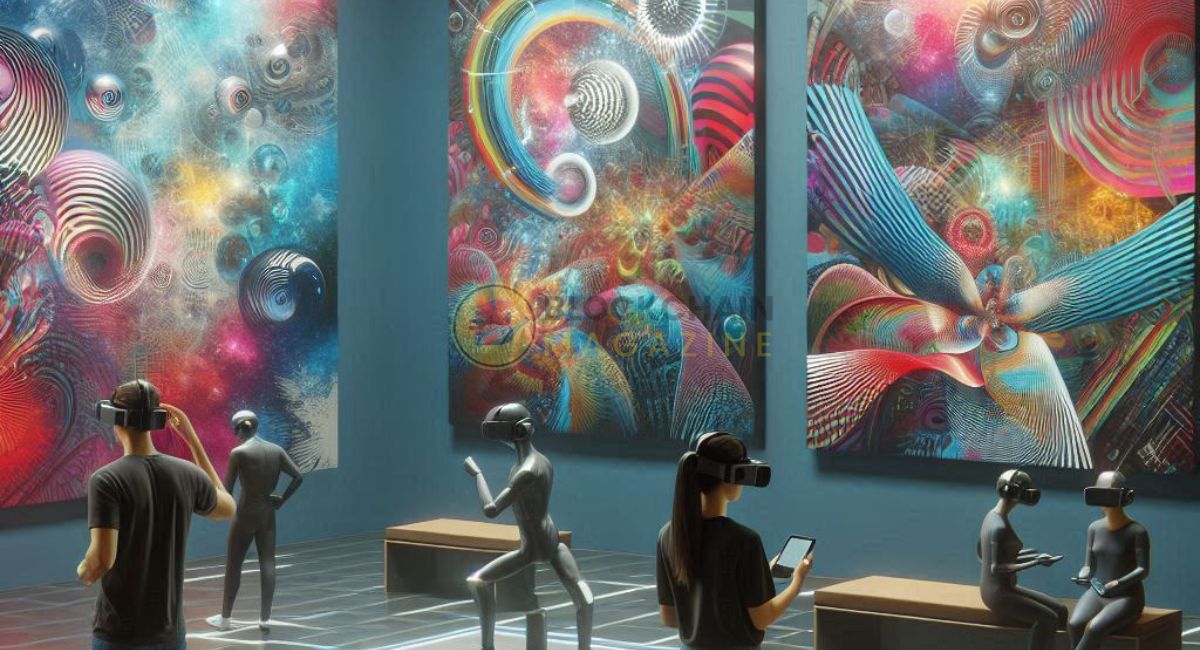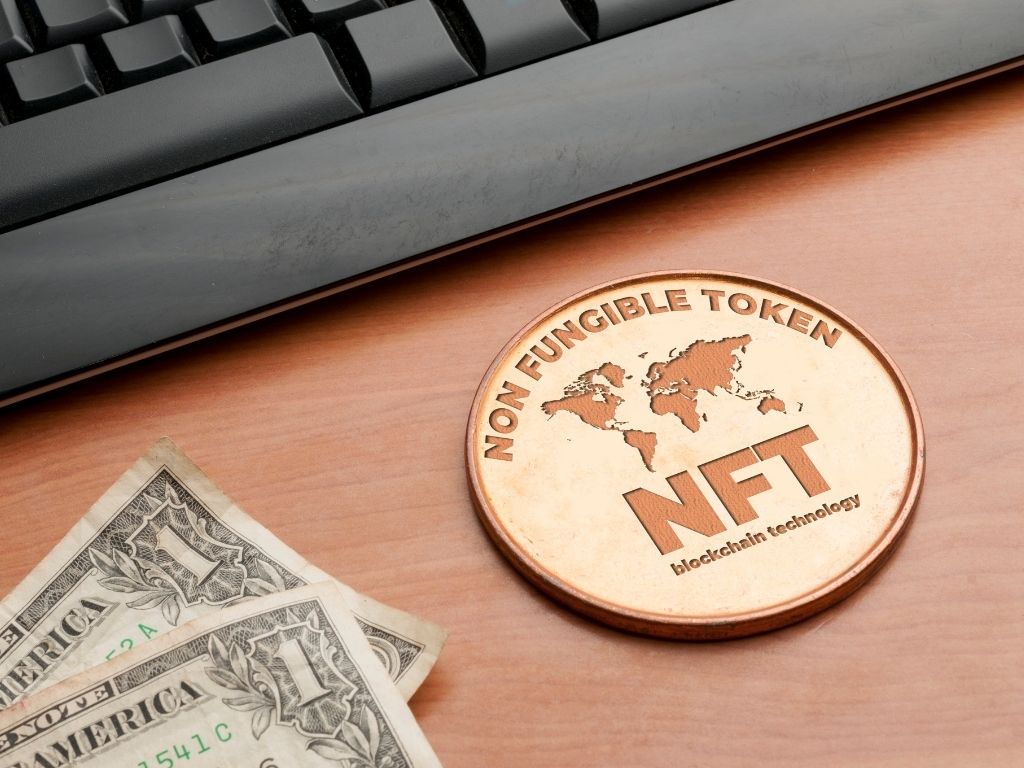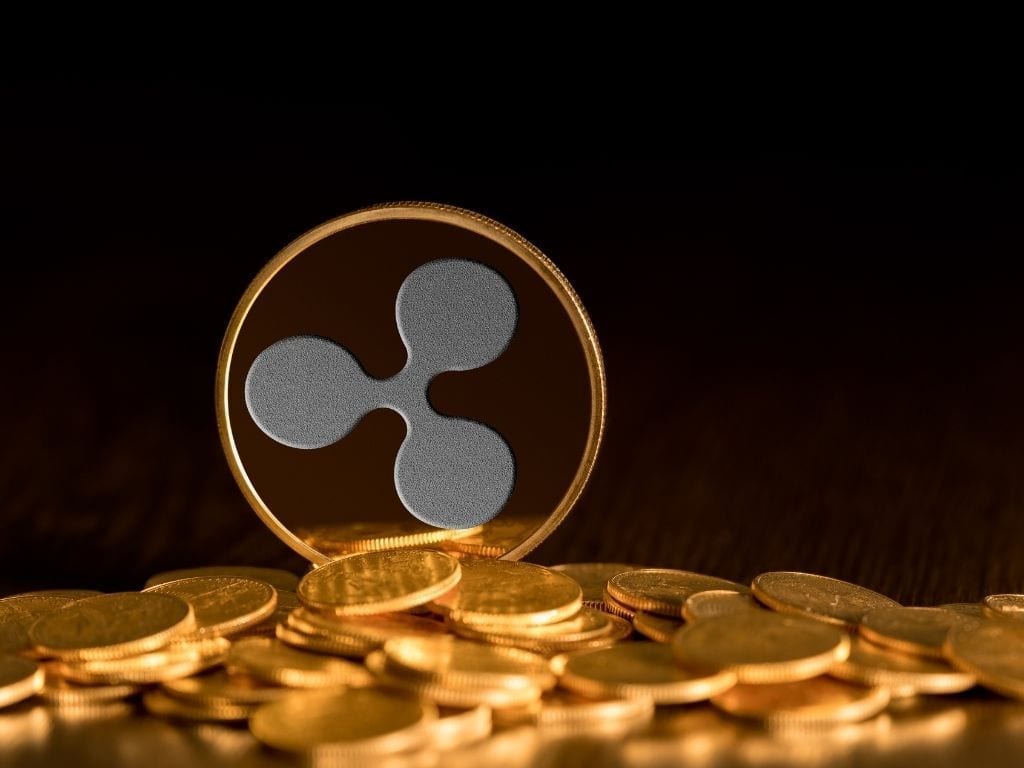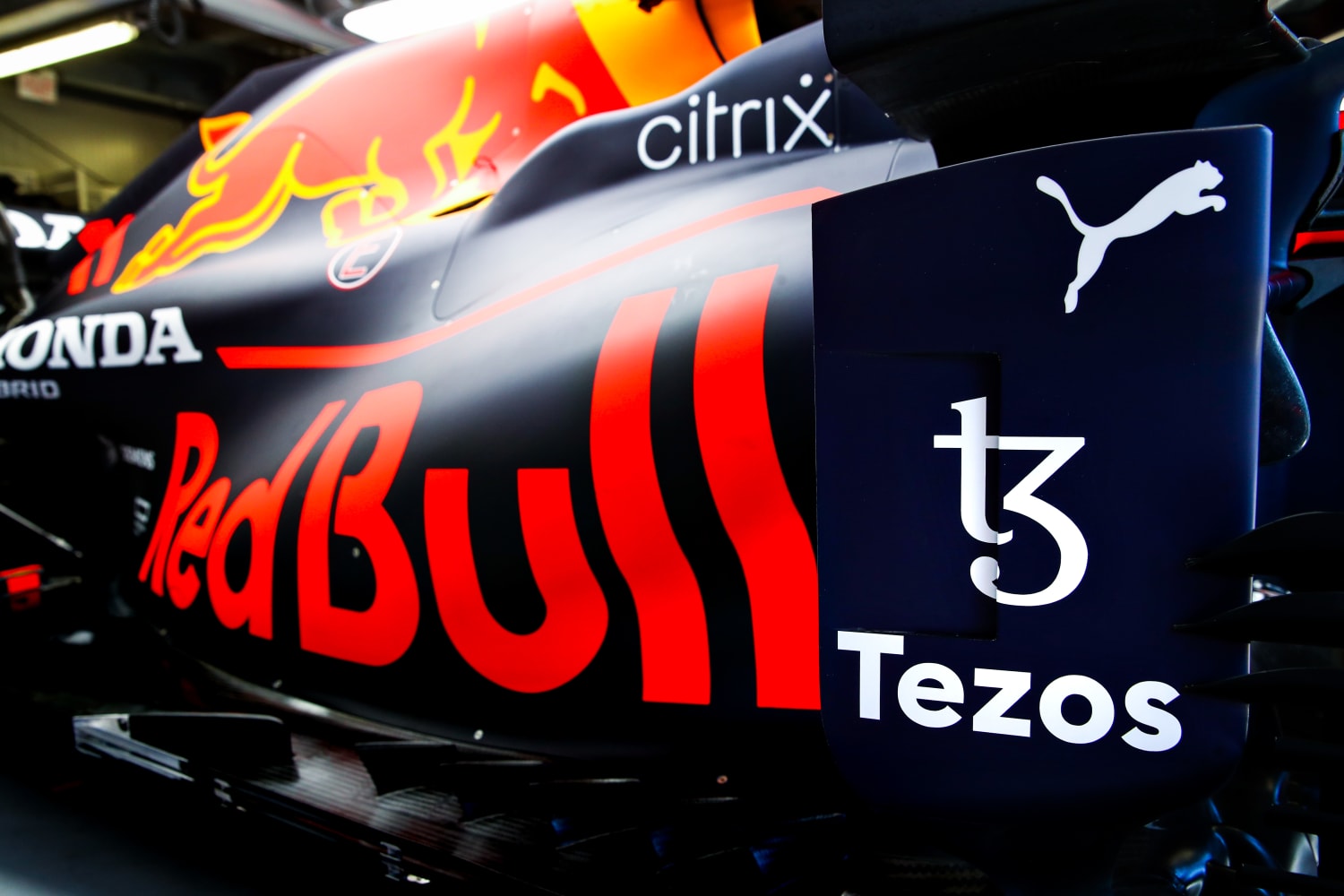AI-Generated NFTs: Redefining Art in the Amazing Digital Era Of 2025
The NFT (non-fungible token) space has revolutionized art by introducing blockchain-based ownership and provenance for digital creations. However, the rise of AI-generated art collections is redefining what art can be, how it is created, and how it is valued. Platforms like ArtBlocks and DeepNFT are at the forefront of this movement, merging artificial intelligence with blockchain to create unique, algorithmically generated pieces that push the boundaries of creativity.
AI-generated NFTs are not just about art; they represent a paradigm shift in how creativity, technology, and ownership intersect in the digital world. This article explores the rise of AI-driven NFT collections, the technologies behind them, their impact on the art world, and the challenges and opportunities they present.
Key Highlights
- The Evolution of NFTs in the Art World
- AI-Generated Art: Transforming Creativity
- Platforms Leading the Charge: ArtBlocks and DeepNFT
- The Technology Behind AI-Generated NFTs
- Cultural and Economic Impact of AI-Generated Art
- Challenges and Criticisms
- The Future of AI in the NFT Space
The Evolution of NFTs in the Art World
NFTs, digital assets verified on a blockchain, have revolutionized art by solving age-old issues like ownership, scarcity, and provenance in the digital realm. Early NFT platforms like OpenSea and Rarible focused on static digital artwork and collectibles, but as the ecosystem evolved, so did the creative possibilities.
Milestones in NFT Art
- CryptoPunks (2017): One of the earliest NFT collections, pioneering generative art using blockchain.
- Beeple’s $69 Million Sale (2021): Brought mainstream attention to NFTs, blending digital art with blockchain.
- Generative Art Platforms: The rise of platforms like ArtBlocks signaled a shift toward algorithmically generated, unique NFTs.
While NFTs democratized access to art markets, they also paved the way for new forms of creativity powered by artificial intelligence.
AI-Generated Art: Transforming Creativity
Artificial intelligence has entered the creative space, turning machines into artists capable of producing works that rival human creations. AI algorithms analyze vast datasets to create pieces that are original, thought-provoking, and uniquely tailored.
How AI Generates Art
- Training Models: AI is trained on large datasets of existing art to learn styles, patterns, and techniques.
- Creative Output: Algorithms generate unique art based on learned data or predefined parameters.
- Customization: Users can interact with AI to influence the creation process, making it collaborative.
AI-generated art challenges traditional notions of authorship, creativity, and authenticity, which are now being redefined in the context of NFTs.
Platforms Leading the Charge: ArtBlocks and DeepNFT
ArtBlocks
ArtBlocks is a generative art platform where artists create algorithms, and collectors mint unique artworks based on those algorithms.
Key Features:
- On-Demand Minting: Buyers mint artwork without knowing the exact output, making every piece a surprise.
- Algorithm Ownership: The blockchain stores the generative script, ensuring each piece is unique and verifiable.
- ArtBlocks Curated: A collection of high-quality generative art projects selected by the platform.
ArtBlocks has showcased works like Fidenza by Tyler Hobbs, which blends algorithmic precision with artistic depth, becoming a cornerstone of AI-driven NFTs.
DeepNFT
DeepNFT combines advanced AI models with blockchain technology to create art that evolves over time or responds to external stimuli.
Key Features:
- AI Evolution: Artworks adapt based on user interactions or real-world data (e.g., weather, stock prices).
- Dynamic NFTs: Pieces can change, creating a living art form tied to blockchain records.
- Collaboration: Artists and AI work together, blending human creativity with machine intelligence.
Platforms like DeepNFT exemplify how AI-generated NFTs are not just static assets but dynamic experiences that engage collectors in new ways.
The Technology Behind AI-Generated NFTs
AI-generated NFTs rely on the intersection of artificial intelligence and blockchain. Let’s break down the technologies powering this innovation:
1. Generative Adversarial Networks (GANs)
GANs are a class of AI algorithms that pit two neural networks against each other to create realistic outputs.
- Generator: Creates art based on learned data.
- Discriminator: Evaluates and improves the output until it meets desired criteria.
GANs are widely used in platforms like DeepNFT for creating lifelike, original artworks.
2. Neural Networks
Neural networks mimic human brain functions to learn patterns, styles, and aesthetics from vast datasets. They power the training phase of AI art generation, ensuring outputs are unique and tailored.
3. Smart Contracts
Smart contracts on blockchains like Ethereum ensure the uniqueness, ownership, and provenance of each AI-generated NFT. They automate processes such as royalties for artists and dynamic updates for evolving art.
4. Dynamic Data Feeds
Dynamic NFTs incorporate external data sources (e.g., APIs) to update or evolve the artwork over time. For instance, an NFT could reflect changing seasons or global events.
Cultural and Economic Impact of AI-Generated Art
AI-generated NFTs are reshaping cultural and economic paradigms in the art world:
1. Democratization of Creativity
AI tools make art accessible to a broader audience, enabling individuals without traditional artistic skills to create and collect unique pieces.
2. New Revenue Streams for Artists
Generative art platforms allow artists to sell algorithmic creations directly to collectors, bypassing intermediaries and earning royalties on secondary sales.
3. Redefining Artistic Value
AI-generated NFTs challenge the notion of artistic value. Is the value derived from the algorithm, the human who created it, or the uniqueness of the final piece?
4. Cross-Disciplinary Collaborations
AI brings together artists, developers, and technologists, fostering innovation at the intersection of art and technology.
Challenges and Criticisms
1. Authenticity and Ownership
Critics question whether AI-generated art can truly be “original” when it is derived from existing datasets. Additionally, determining ownership of the algorithm and its outputs can be complex.
2. Over-Saturation of the Market
The ease of creating AI-generated art has led to an explosion of content, making it difficult for collectors to distinguish between valuable pieces and generic outputs.
3. Energy Consumption
Both AI training and blockchain minting consume significant energy, raising environmental concerns about the sustainability of AI-generated NFTs.
4. Ethical Concerns
AI art often relies on datasets of existing works, which may include copyrighted material. This raises questions about ethical use and credit.
The Future of AI in the NFT Space
The rise of AI-generated NFTs is just the beginning. Here’s what the future might hold:
1. Interactive and Immersive NFTs
AI will enable NFTs to become more interactive, responding to user actions or environmental factors to create immersive experiences.
2. Integration with Virtual Worlds
AI-generated art could populate metaverse spaces, creating dynamic environments tailored to individual users or events.
3. AI as a Creative Partner
As AI tools become more sophisticated, they will be seen less as tools and more as collaborators, enhancing human creativity.
4. Regulatory Frameworks
Governments and platforms will likely establish guidelines for ethical AI use, copyright protection, and environmental sustainability.
5. Enhanced Personalization
Future AI models will allow collectors to customize NFTs, creating highly personal and unique pieces.
Conclusion
AI-generated NFTs represent a groundbreaking fusion of technology and creativity, pushing the boundaries of what art can be in the digital age. Platforms like ArtBlocks and DeepNFT demonstrate the potential of AI-driven collections to redefine artistic expression, while also posing important questions about authenticity, ownership, and value.
As this space evolves, AI-generated NFTs will continue to challenge traditional norms, offering new opportunities for artists, collectors, and technologists alike. While challenges remain, the potential for AI-driven innovation in the NFT market is vast, signaling a transformative era for digital art and beyond.
Stay informed with daily updates from Blockchain Magazine on Google News. Click here to follow us and mark as favorite: [Blockchain Magazine on Google News].
Get Blockchain Insights In Inbox
Stay ahead of the curve with expert analysis and market updates.
latest from tech
Disclaimer: Any post shared by a third-party agency are sponsored and Blockchain Magazine has no views on any such posts. The views and opinions expressed in this post are those of the clients and do not necessarily reflect the official policy or position of Blockchain Magazine. The information provided in this post is for informational purposes only and should not be considered as financial, investment, or professional advice. Blockchain Magazine does not endorse or promote any specific products, services, or companies mentioned in this posts. Readers are encouraged to conduct their own research and consult with a qualified professional before making any financial decisions. The featured image used is just a creative depiction of the title and it does not intend to hurt sentiments of any person or institution. If it hurts anyone sentiments, please do not hesitate to reach out to Blockchain Magazine.

 Bitcoin
Bitcoin  Ethereum
Ethereum  XRP
XRP  Tether
Tether  Solana
Solana  Dogecoin
Dogecoin  USDC
USDC  Cardano
Cardano  Lido Staked Ether
Lido Staked Ether  TRON
TRON  Chainlink
Chainlink  Avalanche
Avalanche  Sui
Sui  Wrapped stETH
Wrapped stETH  Wrapped Bitcoin
Wrapped Bitcoin  Stellar
Stellar  Toncoin
Toncoin  Hedera
Hedera  Shiba Inu
Shiba Inu  WETH
WETH  Polkadot
Polkadot  LEO Token
LEO Token  Bitcoin Cash
Bitcoin Cash  Litecoin
Litecoin  Hyperliquid
Hyperliquid  Bitget Token
Bitget Token  Official Trump
Official Trump  Uniswap
Uniswap  Pepe
Pepe  Wrapped eETH
Wrapped eETH  USDS
USDS  NEAR Protocol
NEAR Protocol  Ethena USDe
Ethena USDe  Aave
Aave  Aptos
Aptos  Internet Computer
Internet Computer  Ondo
Ondo  WhiteBIT Coin
WhiteBIT Coin  Ethereum Classic
Ethereum Classic  Monero
Monero  Cronos
Cronos  Mantle
Mantle  POL (ex-MATIC)
POL (ex-MATIC)  Render
Render  Dai
Dai  Algorand
Algorand  Bittensor
Bittensor  MANTRA
MANTRA 




